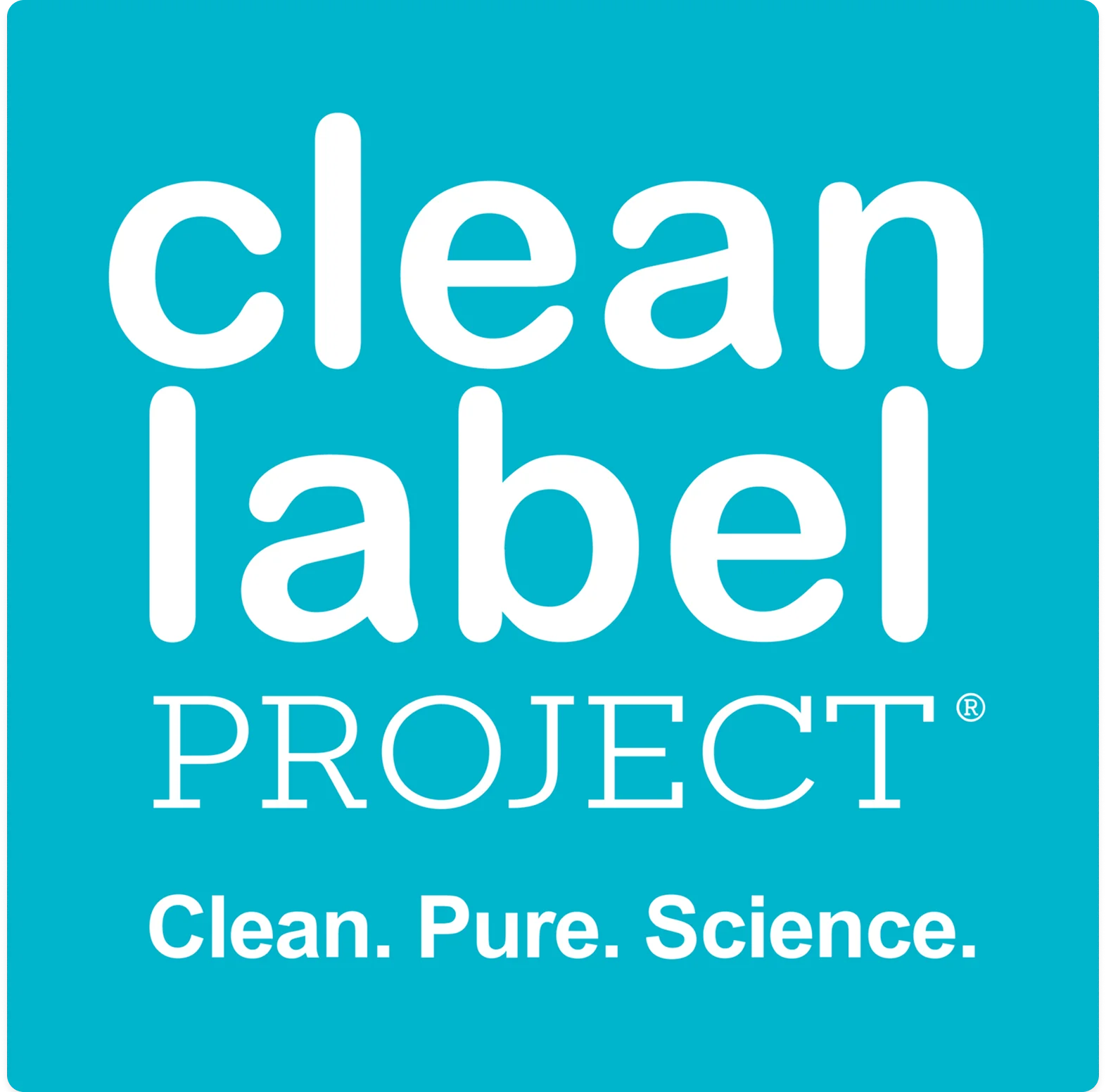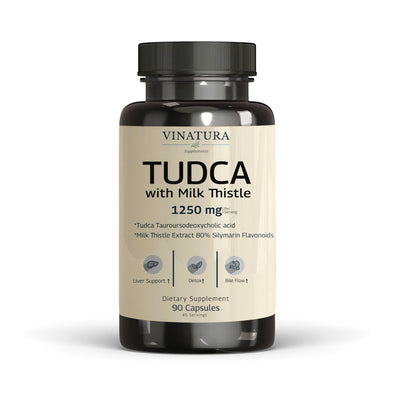
How Does Chelation Therapy Use EDTA for Heart Disease?
Cardiovascular diseases have always been a concern for many patients, especially the elderly and those with a history of high blood pressure or atherosclerosis.
EDTA chelation therapy is widespread, with effects that include removing heavy metals from the body, reducing calcium deposition in arteries, and decreasing inflammation and oxidative stress.
But is EDTA genuinely beneficial for patients with heart disease? The following article deeply explores the question: How does Chelation Therapy Use EDTA for Heart Disease?
What is EDTA?

Ethylene Diamine Tetra Acetic Acid (EDTA) is a chelate group agent used to manage heavy metal poisoning, may inhibit clot formation, and eliminate calcium and lead from the body [1].
EDTA is also used for industrial purposes. It was first synthesized in 1935 by Austrian chemist Ferdinand Munz to find an effective replacement for citric acid.
It is a chemical that binds to metal ions such as calcium, iron, lead, and magnesium, used to reduce the formation of bacterial biofilm [2], helping to limit the hazards that affect the heart, causing conditions such as angina, arteriosclerosis, high blood pressure, and peripheral vascular disease.
EDTA, in the form of specific salts, still performs well in binding metal ions in iron chelation therapy, effectively managing mercury and lead poisoning.
Furthermore, it is evaluated to act as an antioxidant, helping to inhibit free radicals from attacking blood vessels.
How does EDTA Chelation Therapy Work? EDTA Mechanism?

The key in iron chelation therapy is the synthetic amino acid disodium ethylenediaminetetraacetic acid (EDTA).
When injected intravenously, they bond with calcium ions, trace elements, and other divalent cations II, then transport these bonded components out of the body [3].
Some supporters of EDTA iron chelation therapy believe that vascular calcification plays a central role in the development of arteriosclerosis, meanwhile claiming that EDTA can fight arteriosclerosis thanks to its calcium removal activity [3].
Another study was also published to prove the effectiveness of EDTA in managing ischemic heart disease by releasing calcium in plaque, simultaneously causing beneficial changes to the plaque's characteristics afterward [4].
Other hypotheses suggest that improvement in ischemic heart disease also depends on the mechanism of free radical scavenging, inhibition of lipid oxidation process, reducing stored iron in the body, stabilizing cell membrane thanks to its effect of blocking calcium channels, stimulating prostaglandin production, and improving the elasticity of arterial walls [5].
Calcium accumulation on fat plaque is also one of the leading causes of arterial blockage.
Some studies suggest that EDTA directly removes calcium in fat plaque, causing arterial blockage and breaking apart these plaques.
Another hypothesis suggests that the iron chelation process of EDTA may stimulate a type of hormone, causing calcium to be removed from the plaque or reducing cholesterol levels [6].
Furthermore, iron chelation therapy with EDTA also reduces the harm of oxidative ions (oxidative stress) on blood vessel walls, which helps reduce inflammatory conditions in the arteries and improves vascular function [7].
Can Chelation Therapy Use EDTA for Heart Disease? What Does Science Say?

The argument of EDTA therapy for cardiovascular disease is uncertain. Iron chelation therapy with EDTA is widely used to restore lead and mercury poisoning conditions.
However, for heart disease, there is still much controversy around experts' assessments of its effectiveness and safety for patients with heart disease.
Most recently, a study conducted by Villaruz and colleagues concluded that there is not enough evidence to prove the effectiveness or ineffectiveness of EDTA therapy in improving clinical outcomes of patients with cardiovascular disease due to arteriosclerosis [8].
Another placebo-controlled trial conducted by Knudtson and colleagues over 33 EDTA therapy sessions per patient with ischemic heart disease found no additional effect based on the comparative table measured.
Patients all showed improvement from the start, however, it was not dependent on the use of EDTA [9].
Additionally, to evaluate the effectiveness of iron chelation therapy (TACT) for cardiovascular disease, the National Institutes of Health requested a definitive trial registration of this therapy.
Results showed that the therapy has the effect of combating cardiovascular events such as stroke or heart attack, especially effective for patients with diabetes, not entirely emphasizing the benefits of EDTA for cardiovascular disease [10].
However, according to some studies provided earlier in the article, EDTA therapy, after being injected intravenously, will search for and cling to metal and metal in the blood.
This action may benefit the heart thanks to its mechanism of removing calcium from the body.
How Does EDTA Work for Heart Disease?
EDTA chelation therapy primarily manages heart disease by eliminating toxic metals from the arterial walls.
These heavy metals include common ones like lead, mercury, cadmium, arsenic, nickel, aluminum, iron, copper, cobalt, and beryllium.
When present in the human body, these metals can slow down cell development, lead to certain cancers, kidney damage, hormonal disorders, oxidative stress, endothelial dysfunction, lipid distribution issues, and exert pressure on blood vessels, increasing the risk of cardiovascular diseases (CVD) [11].
Another study conducted in 2022 assessed the impact of prenatal exposure to a mixture of heavy metals including Arsenic (As), Cadmium (Cd), Mercury (Hg), Lead (Pb), and Manganese (Mn) on the risk of heart disease in unborn children [12].
Side Effects May Happen When Using EDTA for Heart Disease
There are some risks and potential side effects associated with EDTA chelation therapy for heart disease, such as:
- Burning sensation at the injection site
- Fever, nausea, headaches, vomitingIncreased creatinine [13]
- Lowered blood calcium [14]
- Bone loss [14]
- Kidney toxicity [14]
- Reduced blood cell count in the marrow
To minimize the risks associated with EDTA chelation therapy for the heart, it's important to discuss with a doctor or healthcare professional the benefits, risks, and compatibility with your health before using this treatment.
Conclusion
The effectiveness of EDTA chelation therapy for cardiovascular health continues to be researched and developed.
Nonetheless, its significant benefits in heavy metal excretion, lipid balancing, and inhibition of endocrine disorders cannot be denied.
Hopefully, this article helps you understand more about EDTA therapy and answers the question: How does Chelation Therapy Use EDTA for Heart Disease?
Related Article:
- Calcium Disodium EDTA In Food - Preservative In Mayonnaise
- Is Calcium Disodium Edta Vegan? Vegan Lifestyle With Edta
References
- [1] George, Tom, and Mark F. Brady. "Ethylenediaminetetraacetic Acid (EDTA)." Ncbi.nlm.nih.gov, StatPearls Publishing, 26 June 2023, ncbi.nlm.nih.gov/books/NBK565883/. Accessed 30 Apr. 2024.
- [2] National Cancer Institute. “Https://Www.cancer.gov/Publications/Dictionaries/Cancer-Terms/Def/Edta.” Www.cancer.gov, 2 Feb. 2011, www.cancer.gov/publications/dictionaries/cancer-terms/def/edta.
- [3] A. Lamas, Gervasio, and Steven J. Hussein. "EDTA Chelation Therapy Meets Evidence-Based Medicine." Sciencedirect, www.sciencedirect.com/sdfe/pdf/download/eid/1-s2.0-S1744388106000363/first-page-pdf. Accessed 30 Apr. 2024.
- [4] CLARKE, N E, et al. "The in Vivo Dissolution of Metastatic Calcium; an Approach to Atherosclerosis." The American Journal of the Medical Sciences, vol. 229, no. 2, 1 Feb. 1955, pp. 142–149, europepmc.org/article/med/13228424, https://doi.org/10.1097/00000441-195502000-00004. Accessed 30 Apr. 2024.
- [5] Knudtson, Merril L. "Chelation Therapy for Ischemic Heart Disease." JAMA, vol. 287, no. 4, 23 Jan. 2002, p. 481, https://doi.org/10.1001/jama.287.4.481. Accessed 3 Dec. 2019.
- [6] SHRIHARI, et al. "Role of EDTA Chelation Therapy in Cardiovascular Diseases." Researchgate, 2006, www.researchgate.net/profile/Prabhakaran-Dorairaj/publication/7208099_Role_of_EDTA_chelation_therapy_in_cardiovascular_diseases/links/0fcfd50ff0330c6e20000000/Role-of-EDTA-chelation-therapy-in-cardiovascular-diseases.pdf. Accessed 30 Apr. 2024.
- [7] Ernst, E. "Chelation Therapy for Peripheral Arterial Occlusive Disease." Circulation, vol. 96, no. 3, 5 Aug. 1997, pp. 1031–1033, https://doi.org/10.1161/01.cir.96.3.1031. Accessed 25 Oct. 2019.
- [8] Maria, Vanessa, and Rachel. Chelation Therapy for Atherosclerotic Cardiovascular Disease. 5 May 2020, www.cochranelibrary.com/cdsr/doi/10.1002/14651858.CD002785.pub2/full. Accessed 30 Apr. 2024.
- [9] ---. "Chelation Therapy for Ischemic Heart Disease." JAMA, vol. 287, no. 4, 23 Jan. 2002, p. 481, https://doi.org/10.1001/jama.287.4.481. Accessed 3 Dec. 2019.
- [10] Julio G. Peguero, and Ivan Arenas. "Chelation Therapy and Cardiovascular Disease: Connecting Scientific Silos to Benefit Cardiac Patients." Sciencedirect, Aug. 2014, sciencedirect. Accessed 30 Apr. 2024.
- [11] Alissa, Eman M., and Gordon A. Ferns. "Heavy Metal Poisoning and Cardiovascular Disease." Journal of Toxicology, vol. 2011, 2011, pp. 1–21, www.ncbi.nlm.nih.gov/pmc/articles/PMC3168898/, https://doi.org/10.1155/2011/870125.
- [12] Chengrong Wang. "Maternal Exposure to Heavy Metals and Risk for Severe Congenital Heart Defects in Offspring." Sciencedirect, Sept. 2022, www.sciencedirect.com/science/article/abs/pii/S0013935122007599. Accessed 30 Apr. 2024.
- [13] Seely, Dugald MR, et al. "EDTA Chelation Therapy for Cardiovascular Disease: A Systematic Review." BMC Cardiovascular Disorders, vol. 5, no. 1, 1 Nov. 2005, https://doi.org/10.1186/1471-2261-5-32. Accessed 16 Apr. 2020.
- [14] Yang Lei, and Nasim Nosoudi. "Targeted Chelation Therapy with EDTA-Loaded Albumin Nanoparticles Regresses Arterial Calcification without Causing Systemic Side Effects." Sciencedirect, 28 Dec. 2014, www.sciencedirect.com/science/article/abs/pii/S0168365914006725. Accessed 30 Apr. 2024.
Author

Product Disclaimer
Including an ingredient or study does not evaluate, endorse, or recommend any Vinatura product or any third-party product. Some ingredients discussed may not be used in any Vinatura product.
The content of the articles has not been evaluated by the Food and Drug Administration (FDA) and is not intended to promote or endorse any specific product. Any products sold on this website are not intended to diagnose, treat, cure, or prevent any disease.
Opinions and Endorsements
Any claims, statements, or opinions expressed in the articles are those of the author(s) and do not necessarily reflect the views or opinions of the manufacturers of the dietary supplement products. The products sold on this website are separate from the content of the articles and are not directly endorsed or associated with the information presented here.
Liability Disclaimer
The author(s) of the articles, website, and manufacturers of the dietary supplement products do not assume any liability for any potential consequences arising from the use of the information provided in the articles. Ingredient effects, dosages, and safety vary by individual, formulation, and context; some ingredients interact with medications or may be unsuitable during pregnancy or lactation. It is recommended that individuals consult with a qualified healthcare professional before making any dietary or lifestyle changes, including the use of dietary supplements.
Product Usage
Please refer to the product labels and packaging for specific usage instructions and guidelines for the dietary supplement products sold on this website.
Customer Support
For any concerns or questions regarding the dietary supplement products, please contact our customer support team, who will be more than happy to assist you.






Leave a Comment
Be the first to comment.
What do you think?